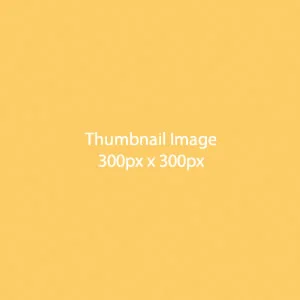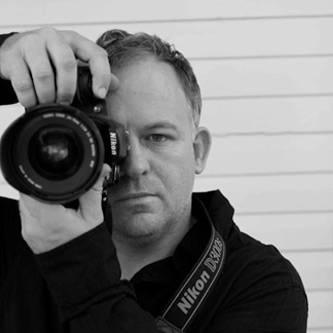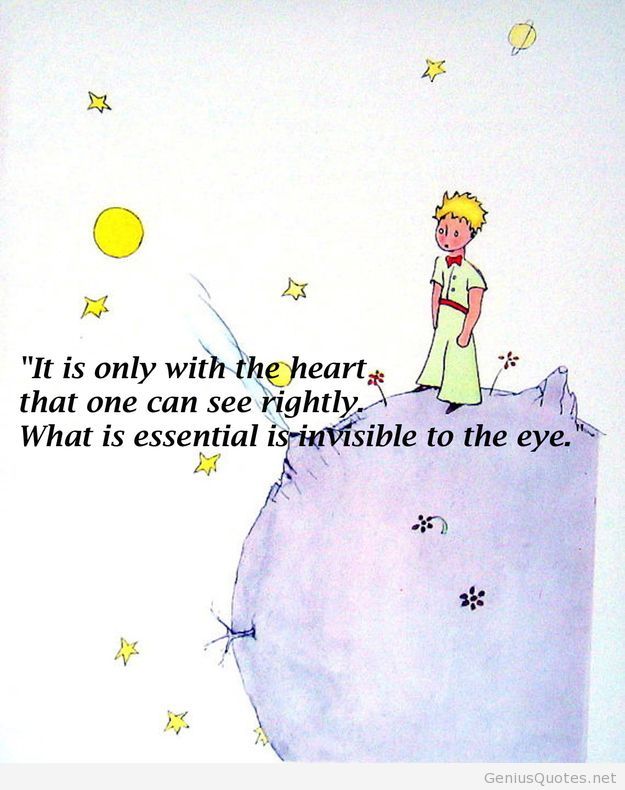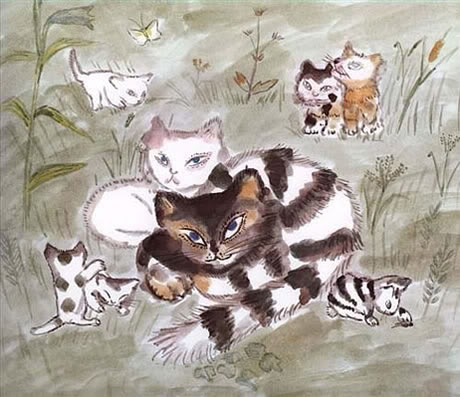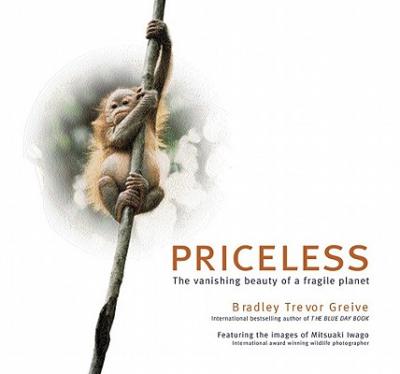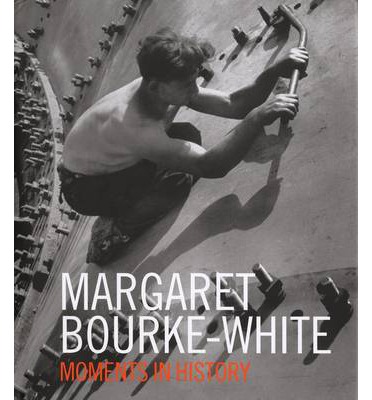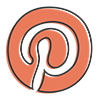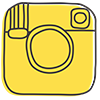Hiroko Nagayama: a talented photographer on the 'lightning bolt' that sparked her passion
/“My favourite inspiration for photography is Mitsuaki Iwago—he’s world famous. I have a story about him...”
Hiroko Nagayama is a freelance photographer who also works with her husband Jason in their Basic2Lavish Photography business. She and Jason split their time between their home on Queensland's Sunshine Coast and Chiba City, Japan. Hiroko also travels the world for her clients and she shot our 'About Us' photos under some big leafy trees on the waterfront close to their home.
Jason and Hiroko are busy and interesting people and Joan and I really enjoyed chatting with Hiroko about her reading world. Hearing about the ‘lightning bolt’ experience that led her to photography was especially great!
Hiroko, where do you find your books?
I mostly buy online because it’s easy. I also buy from bookshops but that takes a long time and sometimes they don’t have the books I want, especially if I want them in Japanese. Sometimes I browse Amazon for ideas and then go to the bookshop to actually buy. Ocean Street Second Hand bookshop is beautiful and sometimes they have Japanese books. We recently bought a photography book about Hawaii, which we love (I did some shoots there for work). We talk to the shop owners and they find us some interesting antique books.
Ocean Street (Duporth) second hand bookshop, Maroochydore
Who do you read with?
Usually just by myself, although it’s nice to share picture books and photography books with someone.
Hiroko said she fell in love with Jason instantly. At first sight.
What sort of books do you like to read?
I like spiritual and self-improvement books like Rich Dad Poor Dad, The 7 Habits of Highly Effective People and so on. I read them in English partly for comprehension, because if I read them in Japanese the translation is like a filter and I may not get the full meaning. My English is not good enough to understand everything, so sometimes I read both the Japanese and English versions.
What are you reading now? And could you share some favourite books?
In Japanese I’m reading some light summer or beach books. In English, I’m reading 7 Habits. The Little Prince is a favourite to re-read—I’ve read it many times in Japanese and a few times in English. In Japanese, I love The Cat That Lived a Million Times (100 Man-kai Ikita Neko). It’s my favourite picture book. I didn’t read it as a child though, it’s more for adults because it’s about the meaning of the life. Little Golden Books and the Mr Men series are good for learning English, so I collect those. I also love Steve Parish books and cookbooks.
Did you have a favourite book as a child?
When I was young I had a lot of books—my mother’s place in Japan is full of them! I really really loved reading and my favourite picture book in kindergarten was Gurunupa no Youchien. When I started studying photography I bought lots of National Geographic magazines—I just kept buying them and ended up with a huge pile of yellow spines—they’re at my mother’s place too!
Hiroko and her mother
Do you read books for your profession?
Yes! My favourite inspiration for photography is Mitsuaki Iwago—he’s world famous—and I have a story about him:
I love animals and when I was 23, I went on a date with my boyfriend to the Chiba Zoo. We were chilling in the library when I found a book about African animals in the Savannah
As I read it, it was like I was hit by lightning! I decided to be a photographer and I really wanted to photograph animals. I collected all Mitsuaki Iwago’s books with their pictures of penguins and snow monkeys and cats—he traveled everywhere, he’s my idol!
Then one day, when I visited a bookshop in Yokohama, he was there autographing his books. When I saw him I started to cry and couldn’t stop. My friends said, ‘she is a big fan of you and wants to be a photographer like you’. He not only autographed my book, he also drew a picture. We shook hands and he said, ‘Ganbattene’ which means ‘Hang in there please’.
The book is my treasure, I keep it in my mother’s house and that moment changed my life.
How did you come to shoot travel photos and portraits, even though you were initially drawn to wild life?
I started with animals at university but while I was there I discovered many, many other photographers. I have a lot of favourites now! One favourite is Margaret Bourke-White who did documentaries—I love her life. But I realised that I was not strong enough to take pictures of people who were sad. She said if the camera is between the object and the heart then she could take a picture. But one of my lecturers told me that I was not strong enough. It's true.
In the end, I realised that I was not strong enough to do photos of sad times and not patient enough to be a wild life photographer. And I saw that commercial photographers needed assistants. So now I do all sorts of photography, including quite a bit for travel blogs.
When and how did you learn to read?
I have no memory of who taught me to read, or to love kanji, or to love to read—I don’t know how it started. But when I was in primary school I read many fantasy novels—not romance—they were more like friendship and mystery novels. I don’t remember when I started reading but it was before school and I started with picture books.
What big difference do you find between Australia and Japan?
Language! The people in Australia are more friendly and they talk a lot more. Japanese people like to obey rules, so there’s more freedom here and life is more easy-going. Particularly on the Sunshine Coast.*
Do you prefer to read in Japanese or English?
I prefer to read the natural language in which a book was written. When I read in Japanese I can enjoy the story and read between the lines. I’m not confident that that happens for me when I read in English. So I read nonfiction and articles in English—and when I read a novel or story in Japanese, I try to read it in English first. I don’t trust the translation tools on the Internet so sometimes it's slow for me.
Why do you think reading is important?
For brain development. We can use our imagination and draw a picture in our brain from the words. To care about other people you have to develop empathy, books help to do that. Watching a movie is passive, but when I read there are new words and grammar, and I feel like I am developing a relationship with the whole world outside myself.
“... when I read there are new words and grammar, and I feel like I am developing a relationship with the whole world outside myself”
Do you have an idea that would make the world better for children?
Yes. Read books! I have a book called If The World Were a Village, it was originally written in English but has been translated in Japanese and it tells about how we fit into the world. Even as adults we can change the world. But children have more pure hearts and can absorb more—that’s why a picture book can change their lives. A parent’s opinion impacts a child really strongly in Japan, so when they go to school the books they read expose them to new ideas. So I think schools should have many books.
Thank you for taking part in our Personal Journeys series Hiroko! I love your thoughts that school should have lots of books to expose children to many opinions.
*Kim: When we visited Tokyo last year everyone was completely delightful and so helpful. We love Japan.
More reading rituals here.

